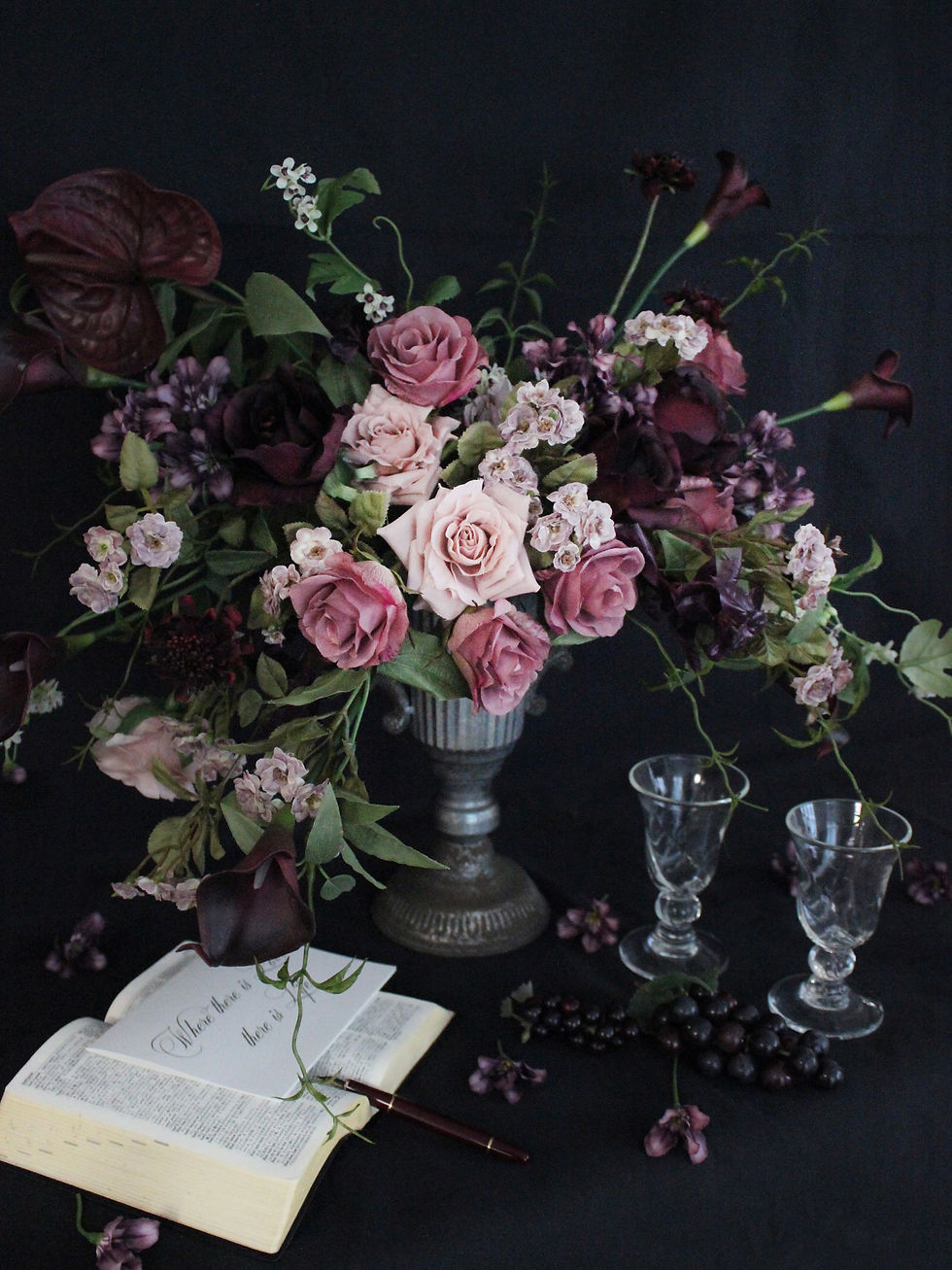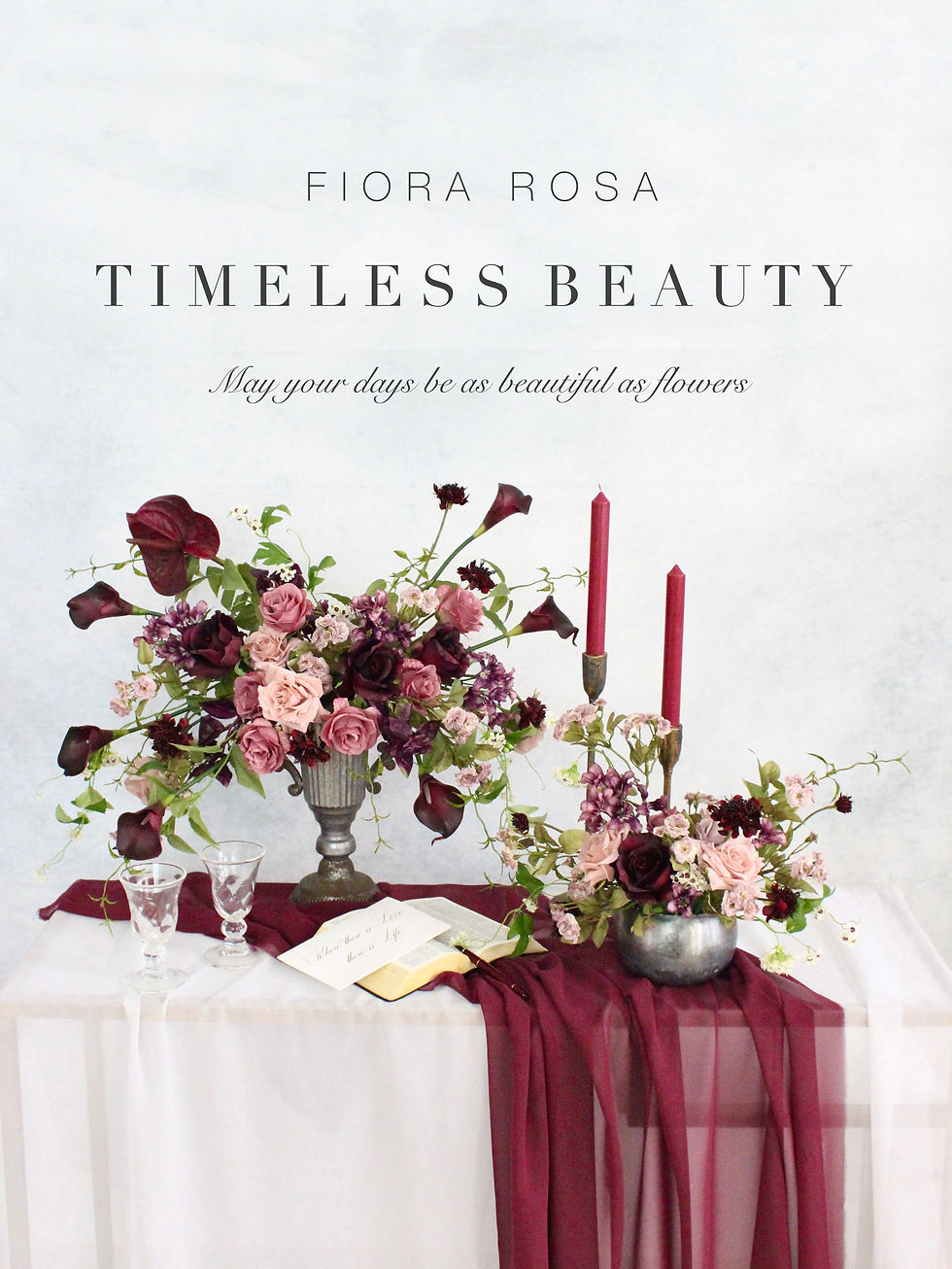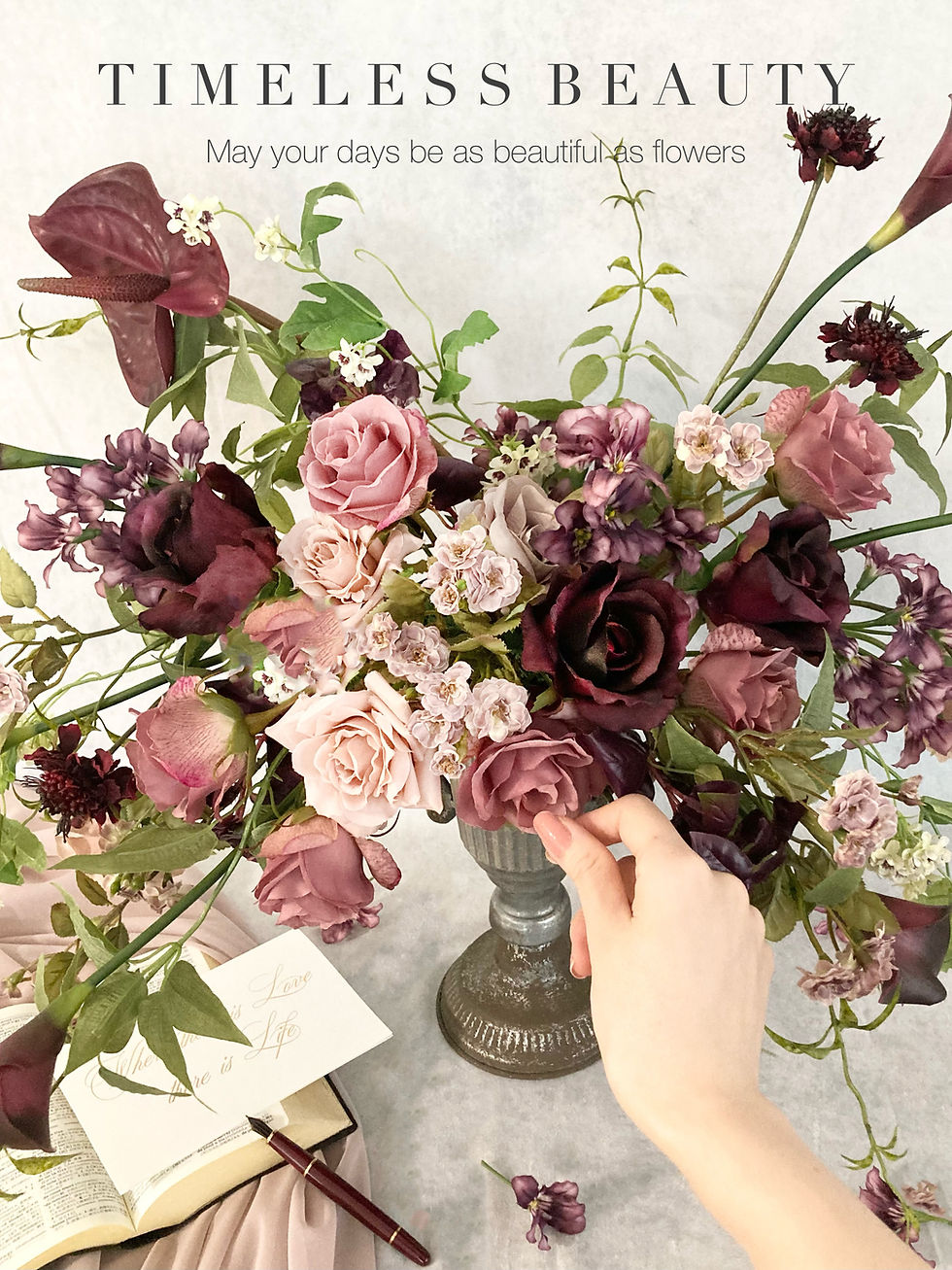GRAPES & WINE COLOR & PATTERN
TIMELESS BEAUTY
.jpg)

_JPG.jpg)

BEAUTY of COLORS
INSPIRTIONS
Celebrating the Blessings of Nature: The Wine-Inspired Color Palette
“Wine Red” (●#932E44) refers to a deep purplish-red hue reminiscent of red wine.
Just as wine varies in taste, aroma, and color depending on its origin, color names inspired by wine also come in a variety of shades.
“Burgundy” (●#561620), for example, is a deeper, darker purplish-red than wine red. This name comes from red wines produced in the Burgundy region of eastern France—often called the “king of wines.” In English, “Burgundy” refers to what is known in French as “Bourgogne.”
A RICH VARIETY
of WINE COLORS
"Bordeaux" (●#600F18) is a very dark red. Red wine produced in the Bordeaux region of southwestern France is called Bordeaux, and it is known as the "queen of wines."
In France, there are many color names derived from wine. For example, a darker shade than "Bordeaux" is called "Bordeaux Foncé" (●#711A3C), and a lighter shade is called "Bordeaux Clair" (●#8D114A), capturing subtle differences in color.
While not as extensive as the variations found in France, Japanese color names include "Budōshu-iro" (Grape Wine Color, ●#7B3746).





_JPG.jpg)
PATTERN of
GRAPES
Celebrating the Universally Captivating Beauty of Grapes
Since ancient times, people have been mesmerized by wine—and by the beauty of the grapes that give it its rich color.
In ancient Egypt, Greece, and Rome, grapes, with their bountiful clusters, symbolized life, abundance, and celebration, and were revered as “sacred fruit.” Grape motifs appeared frequently in murals and architectural decorations of the time.
Later, in ancient Persia, grape patterns became associated with Buddhist art and were depicted in sculptures. These motifs then traveled to China, where they were used in mirror decorations and other objects. In Japan, they were introduced from China during the Nara period, and grape cultivation is believed to have begun in the Heian period.
TIMELESS
The Timeless, Transcendent Beauty of Grapes
From the Muromachi to the Edo period in Japan, a charming motif known as Budō-Risu Mon'yō (Grape and Squirrel Pattern), which combines grape clusters with squirrels, began to appear in kimono designs and other decorative arts. This delightful pattern continues to be cherished in Europe today.
The blessings of nature—grapes and wine—offer not only sustenance but aesthetic pleasure. From the graceful shape of the grape itself to the richness of its color, the beauty that begins with the grape has captivated hearts across centuries and continents.





_JPG.jpg)
